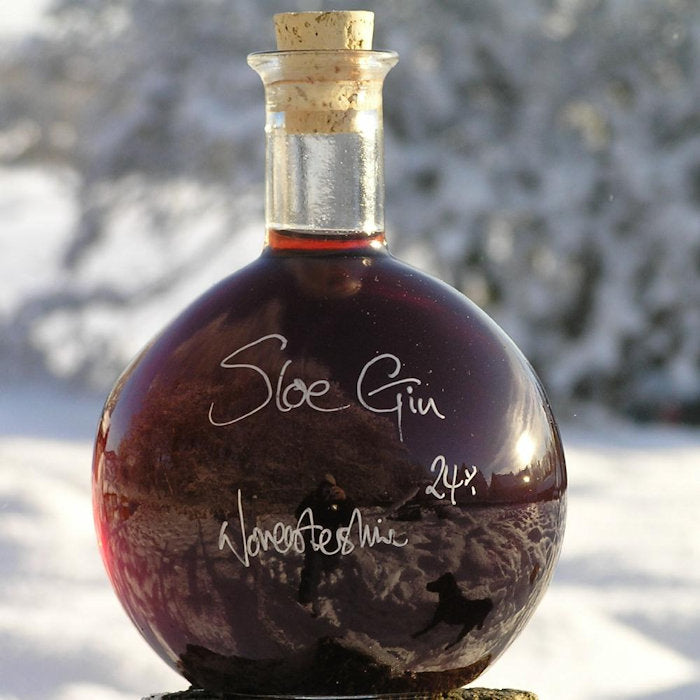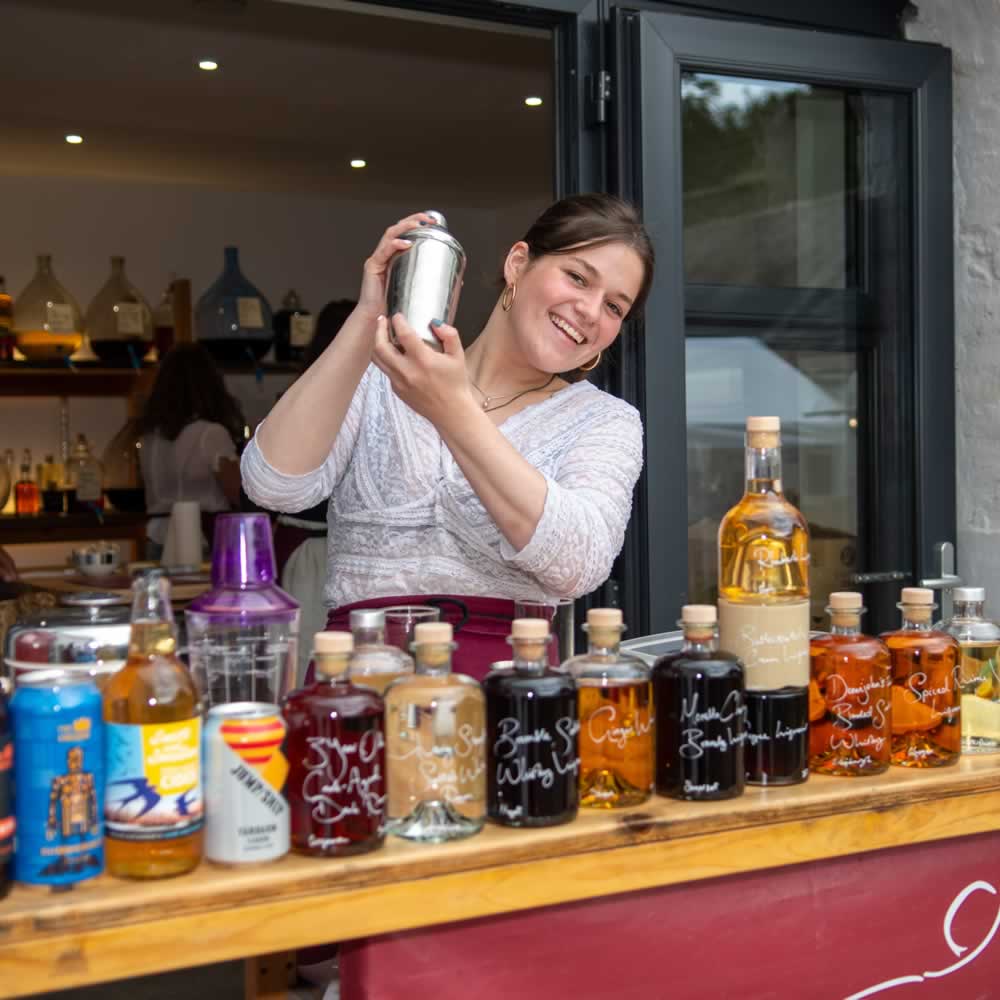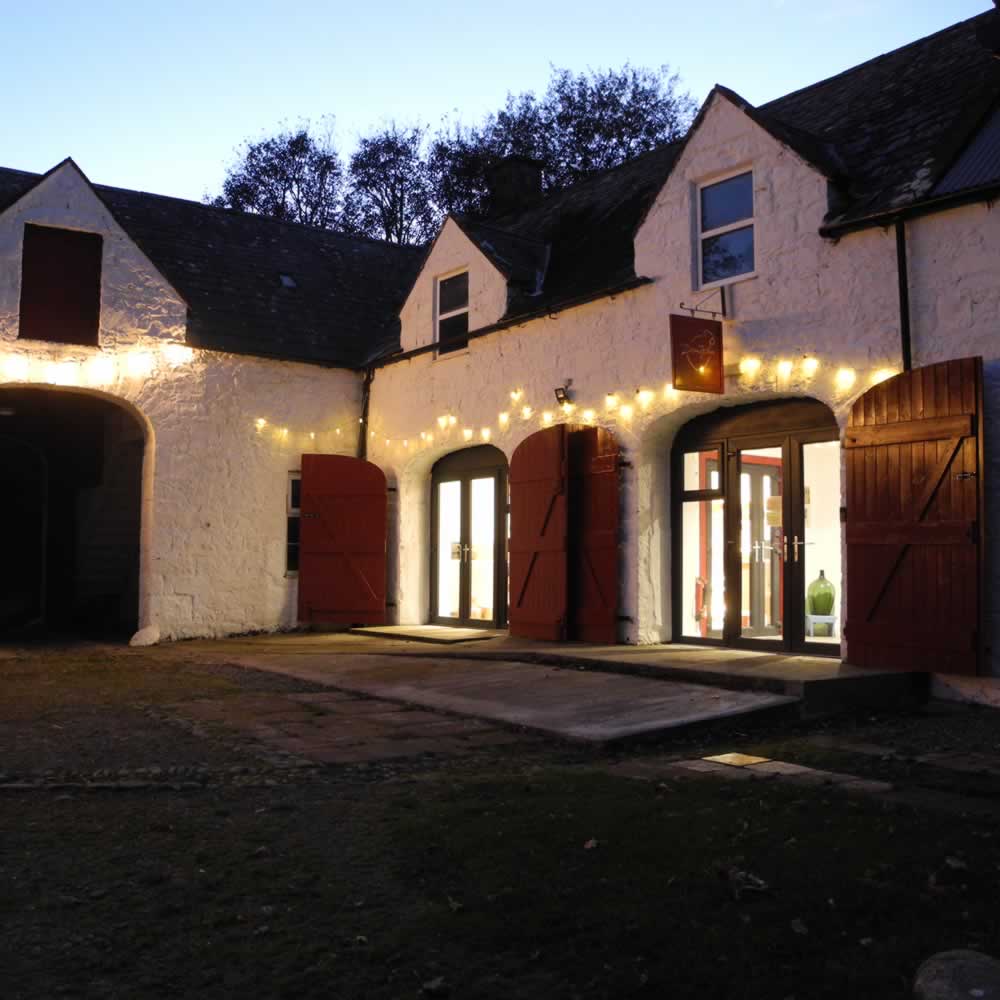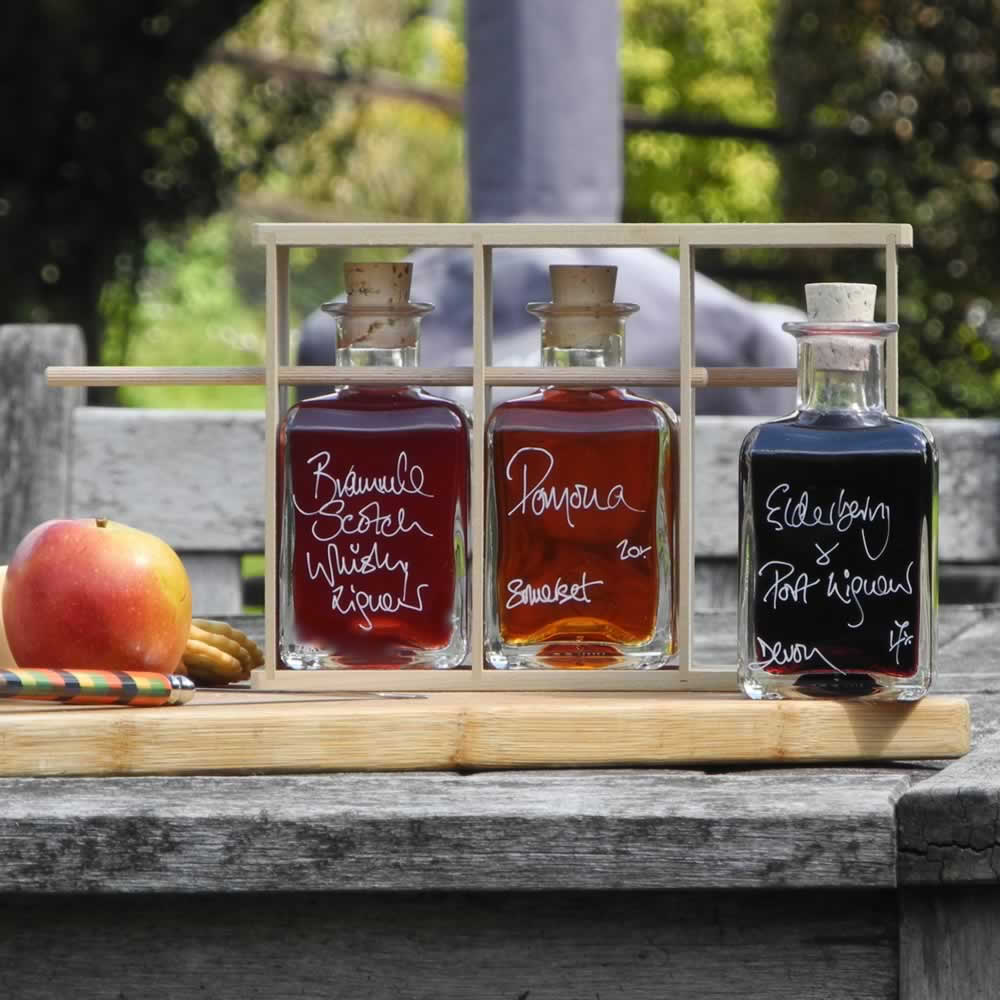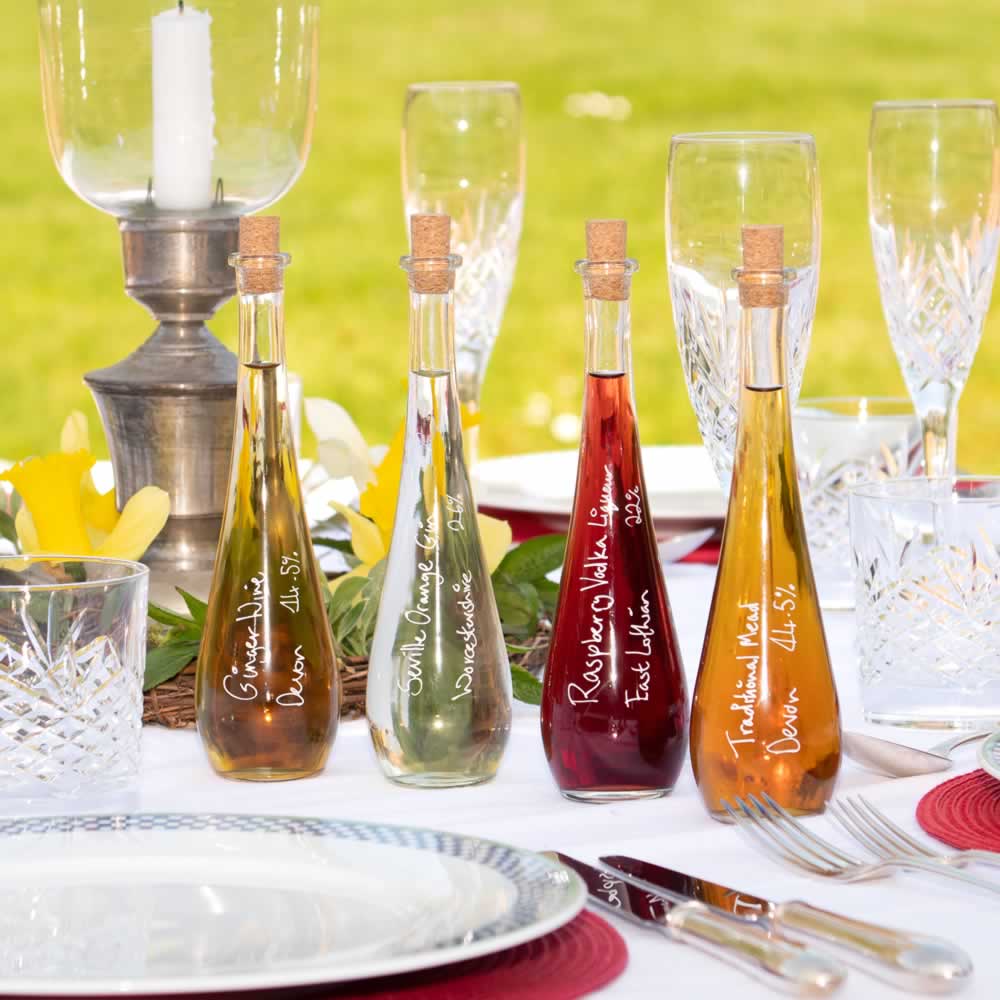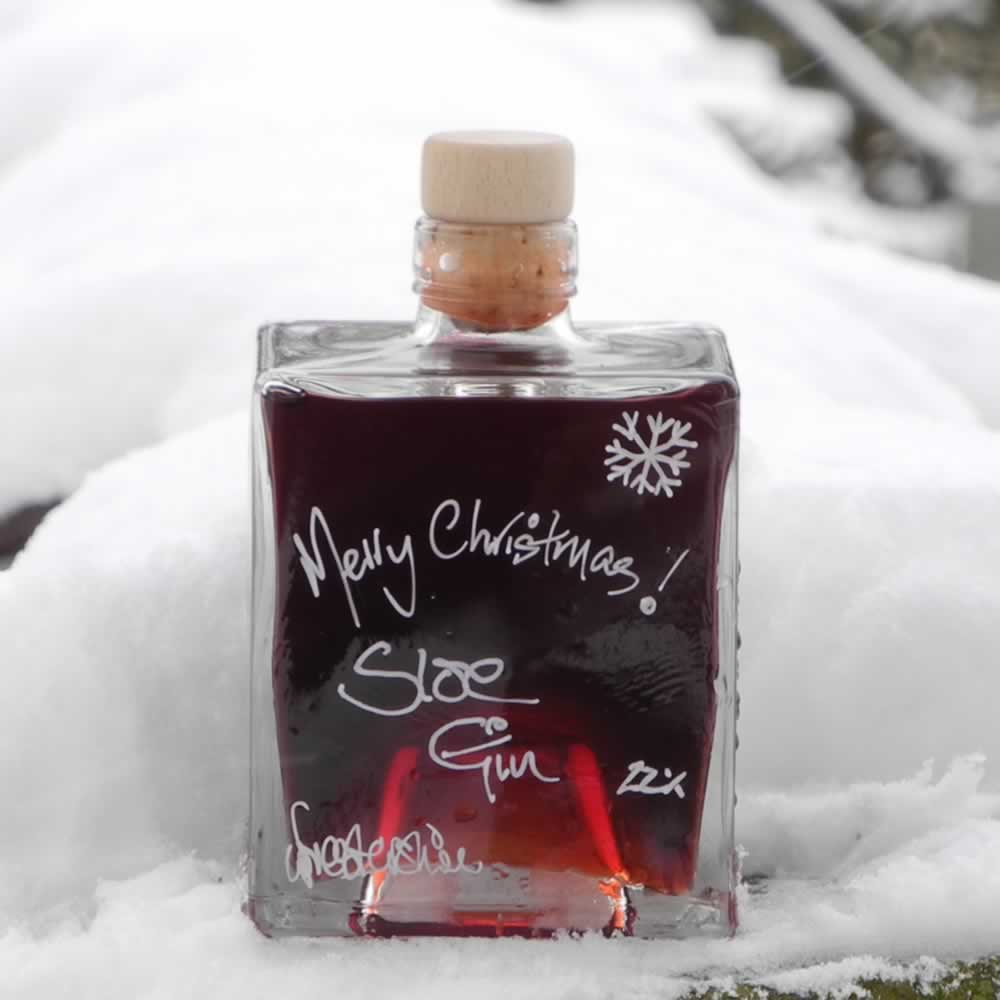Sloes - Bitter Berries to Sweet Gin
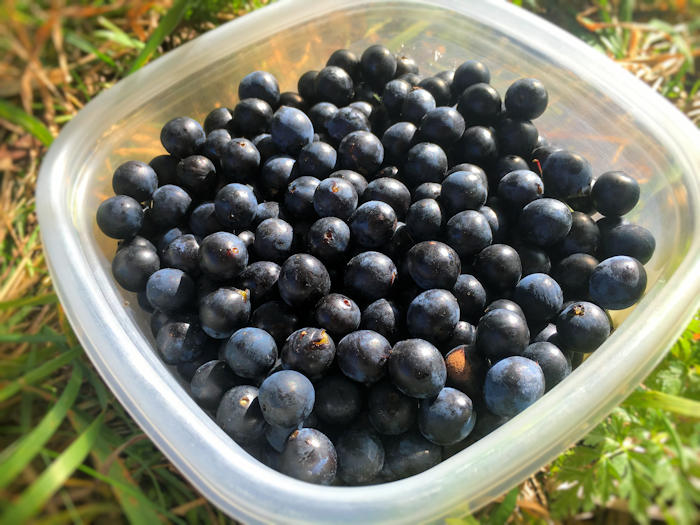
What are Sloes?
Sloes, or the sloe berry are small, dark, bitter, stoned fruits that grow on the blackthorn (Prunus spinosa), a large growing shrub with vicious thorns in the plum family. The sloe is native to Europe, small parts of Asia, North Africa, and has spread to other parts of the world by human migration. However it’s a wonder that human’s ever thought to naturalise sloes to other parts of the world as the berries eaten straight from the bush taste absolutely terrible and suck the moisture from your mouth. It’s only after they go through a frost that the astringency is reduced, and the amazing plum like flavour of the sloes and subtle notes of almonds makes it possible for making wonders such as sloe gin. The word sloe comes from the Old English word slāh via the Middle Low German word slē and similar words for the fruit can be found through Northern Europe were there are long traditions of infusing the fruit with alcohol.
The Blackthorn Shrub
The blackthorn or sloe has managed to find a foothold in Northern Europe because it spreads where humans and animals do not tread and maintains its presence with its long, sharp thorns from which it gets its Latin name 'spinosa' meaning thorn shoots. Because of its dense nature and thorns it has been used to good effect by farmers for hundreds of years as cattle proof fencing.
Similar to the sloe are its cousin the bullace (wild greengage), the damson (which has been cultivated from the bullace) and the cherry plum or myrobalan, though none of these have the bitterness of the sloe and do not have the same dangerous thorns.

What are Sloe Berries used for?
Though humans have been eating sloes for a long time as a source of vitamin C in the Winter and for medicinal purposes, it wasn’t until farmers started to use blackthorn as hedgerows that an abundance of sloe fruit became available and people learned how to transform the sloe berries into wonderful liqueurs such as sloe gin, sloe vodka, sloe whisky, sloe brandy and sloe port, as well as jams and fruit pies.
Myths have grown up around the making of sloe gin, from when they should be picked, to how they should be processed and how long they should infuse before drinking. In the past you had to wait until the first frost had bletted the fruit before using them, but nowadays they can be placed in a freezer after picking to help break down the outside skin and encourage the juice to infuse with the gin. It was also said that each sloe berry must be pricked with a blackthorn thorn or a silver needle. However modern freezing of the fruit takes care of this too.
Making sloe gin is a lesson in patience
Making sloe gin is a simple process, but waiting for the magic to happen takes patience. Adding the prepared fruit with sugar to gin is easy, waiting months, even years for it to be ready is the hard part. The waiting is worth it though as inside the infusion are complex chemical processes that change the bitter sloes into a sweet drink with heady flavours and rich aromas. In a paper published in 2004 titled 'Phenolic composition, antioxidant and antimicrobial activity of the extracts from Prunus spinosa L. fruit' it describes the phenolic compounds found in sloe berries. It is probably the transformation of these chemical compound by various methods such as oxidation, esterification and others that take place during the long, slow ageing to give rise to the complex flavours of sloe gin.
The Best Sloe Gin in the World
How to determine the best sloe gin in the world is quite easy. Simply, it is the one that has won the World Sloe Gin Championships three times. Demijohn’s Worcestershire Sloe Gin has wowed judges and its success is down to the long infusion time of the sloes with the gin to ensure a deep, rich flavour.


